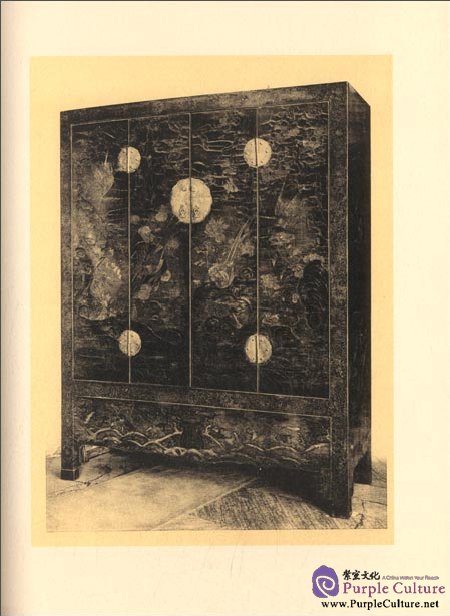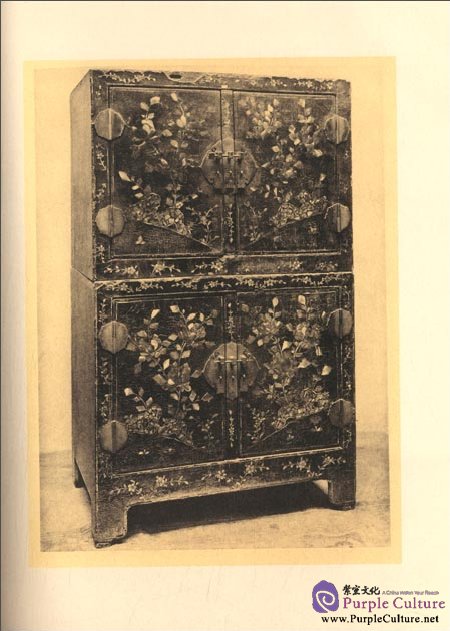Sample Pages Preview


While there is no great secret in the application of these lacquer grounds, it must be remembered that the work is done under far more favourable conditions in a hot and dry climate, than in the humid and chilly air of Western Europe.For this reason alone, even if none other existed, the European is seriously handicapped when placed in artistic competition with the Chinese or Japanese.In the West, it is necessary to imitate the Oriental conditions by stoving or heating the lacquer grounds after they are applied, and this is only a poor substitute for the conditions prevailing, say, in China.Another point which cannot be readily appreciated in this country is the infinite time and patience taken by the Oriental in his work.His living cost is so trifling, that it is only comparable with that of the Gothic woodworker prior to the fifteenth century, a period when food was so cheap that it was often included (by way of an inconsiderable afterthought) in the terms of hiring.This negligible cost of living was one of the most powerful factors in the production of such magnificent works as the choir stall canopies at Winchester and Chester, or the decorated chancel screens at Bramfield, Ludham or Ranworth.It is only when wages became to be an appreciable item in the cost of production that we arrive at the age of commercialism.When artistic creations have to be lopped and stultified on the score of expense. Never, however, in the entire history of English handicrafts, has the patient attention to detail or finish of the Oriental been even approached.Even in the Japanese work of the late eighteenth century (Japan has been commercialised since) in saki cups, tiny cabinets, tsuba, netsuké and similar small objects, the finish everywhere is superb.A cup in black or coloured lacqner bears no sign of contact anywhere while the work was in progress, It was as if the piece were lacquered while invisbily suspended in the air.
Many of the Chinese productions must have taken many years to accomplish, and are always monuments of incredible difficulties attempted and overcome as if for the sheer pleasure of doing the impossible.This is the case not only with real art works made for mandarins, but with articles of nominal or commercial value only.As specjfic examples may be mentioned the pierced and carved ivory balls which are general in Eastern bazaars, where as many as nine or twelve are nested the one inside the other, all carved, the one through the piercings of the other, with marvellous skill and patience, from the one piece; the koro in jade, crystal or other hard stones, where to even scratch the surface demands the methods of the lapidary, or the tiny crystal tear bottles, hollowed inside evenly through an aperture often less than one eighth of an inch in diameter.and then painted with tiny figures or scenes, from the inside.It would almost seem to the Occidental as if the Chinaman could reduce himself to microscopical proportions for such work.To our eyes there is little difference in mere quality between Chinese work of the highest or the lowest grade; the perfection of finish is still equally marvellous in them all.

